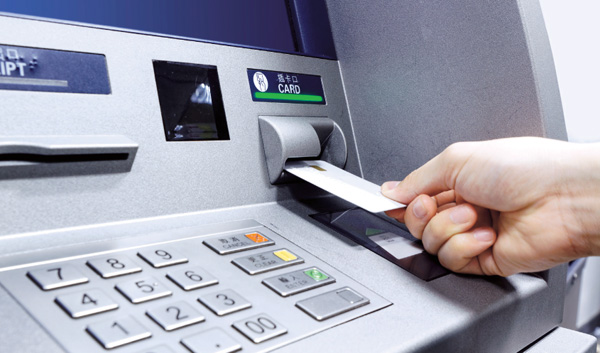KISSIMMEE, Fla. – The increase in the number of robberies of financial institutions is driving an increased demand for better security. For NovaComm that's meant a growing demand for its access control entrances. NovaComm plans to open a manufacturing facility in Poinciana, Fla. That will be the firm's second plant, joining the current one in Puerto Rico. What makes the access control entrances so popular among financials? The entrances basically form a vestibule with interlocking doors, one from the outside and another into the building itself. Both doors cannot open at the same time. The glass in the vestibules is bullet-resistant. A metal detector in the unit is designed to look for weapons and stop an armed intruder from entering the building. When metal that might be a weapon is detected, an alert is sounded and an employee can then use an intercom to ask the person to identify himself and put any metal objects on a tray in the vestibule. Another option is for the visitor to step outside to his car, leave any metal there, then come back to the credit union. Financial institutions are key customers of the access control units. President/CEO Bill Diaz says more than 500 units are currently installed. He adds sales to credit unions are up significantly from five years ago, now accounting for 30 to 40% of orders. "Up to now – knock on wood – there's been zero penetration of someone carrying a weapon into a financial institution," Diaz says. "They've been 100% effective. These units have saved lives." While NovaComm is the manufacturer, the units are actually installed by firms such as Diebold and ADT. Cost ranges from $35,000 to $45,000, depending on whether the installation is a retrofit or is going into a new building, and on the number of units purchased. A couple new features are in the works. One is a high-speed scanner particularly intended for places such as federal buildings with large numbers of employees and visitors arriving. The second is a proximity card that would identify a member or employee and allow them entrance. It can be combined with another card, such as an ATM card, and is expected to be especially helpful to credit unions serving a large number of law enforcement personnel who may be required to carry guns even off-duty. The card feeds data to a computer which can tell the credit union which members are visiting the branch and when. Do members balk at all this security? "The majority of people go right through, and it only stops them for a second. Let's say someone is carrying an umbrella or wheeling a shopping cart. All an employee has to do is push a button and it allows the member in," Diaz notes. "Neither banks or credit unions are interested in loss of money. What they're interested in is the safety of their employees and their customers or members. We have found employees where these systems are in place feel a lot better. There is nothing more horrible than going to work when every day you don't know if you're going to be held up or not." Even so, Diaz acknowledges new technology can be viewed by many people as secretaries at first did the switch from typewriters to computers. Something new can seem threatening. He underscores the fact such entrances must be part of an overall security plan. Diaz recalls visiting a credit union where access control was being installed in front. When he walked around to the rear there was a glass door that someone could break to gain entrance in a very secluded area. He also advises credit unions considering a security entrance to make certain the units are approved by local fire and building codes. -
© 2025 ALM Global, LLC, All Rights Reserved. Request academic re-use from www.copyright.com. All other uses, submit a request to [email protected]. For more information visit Asset & Logo Licensing.







